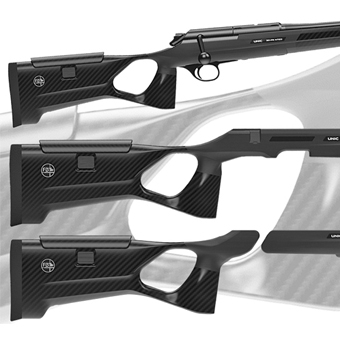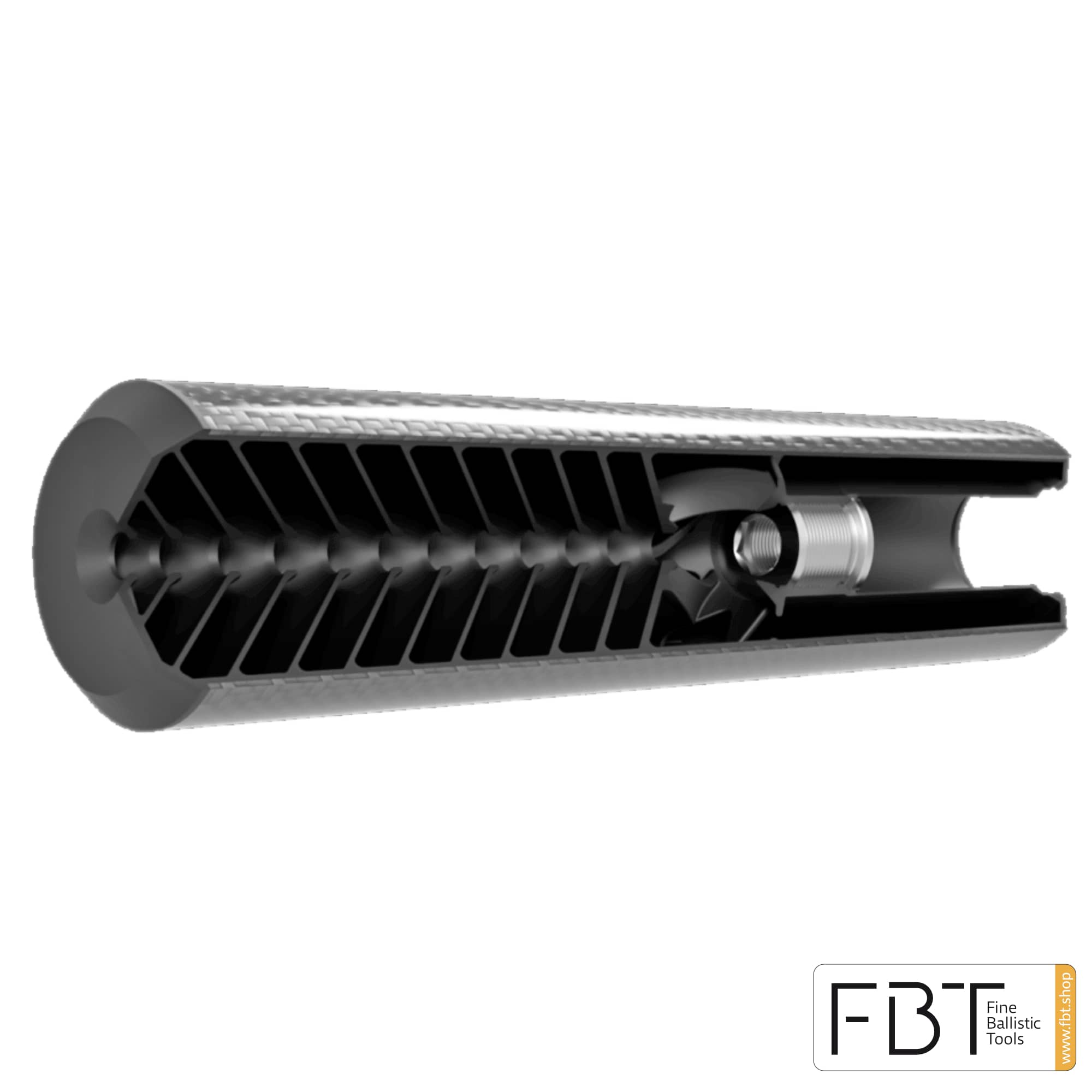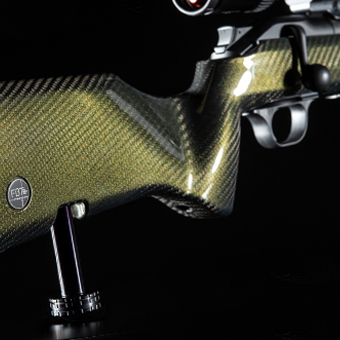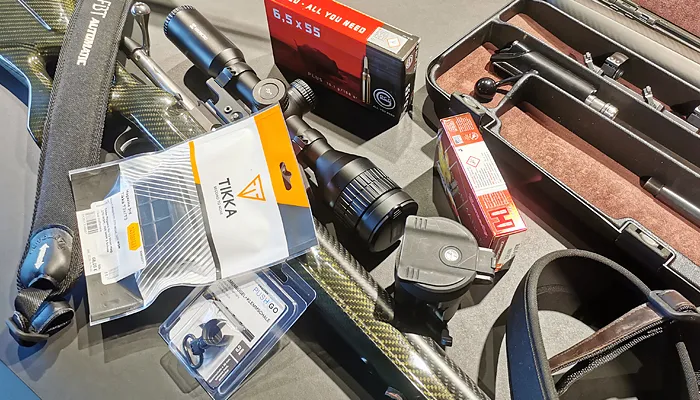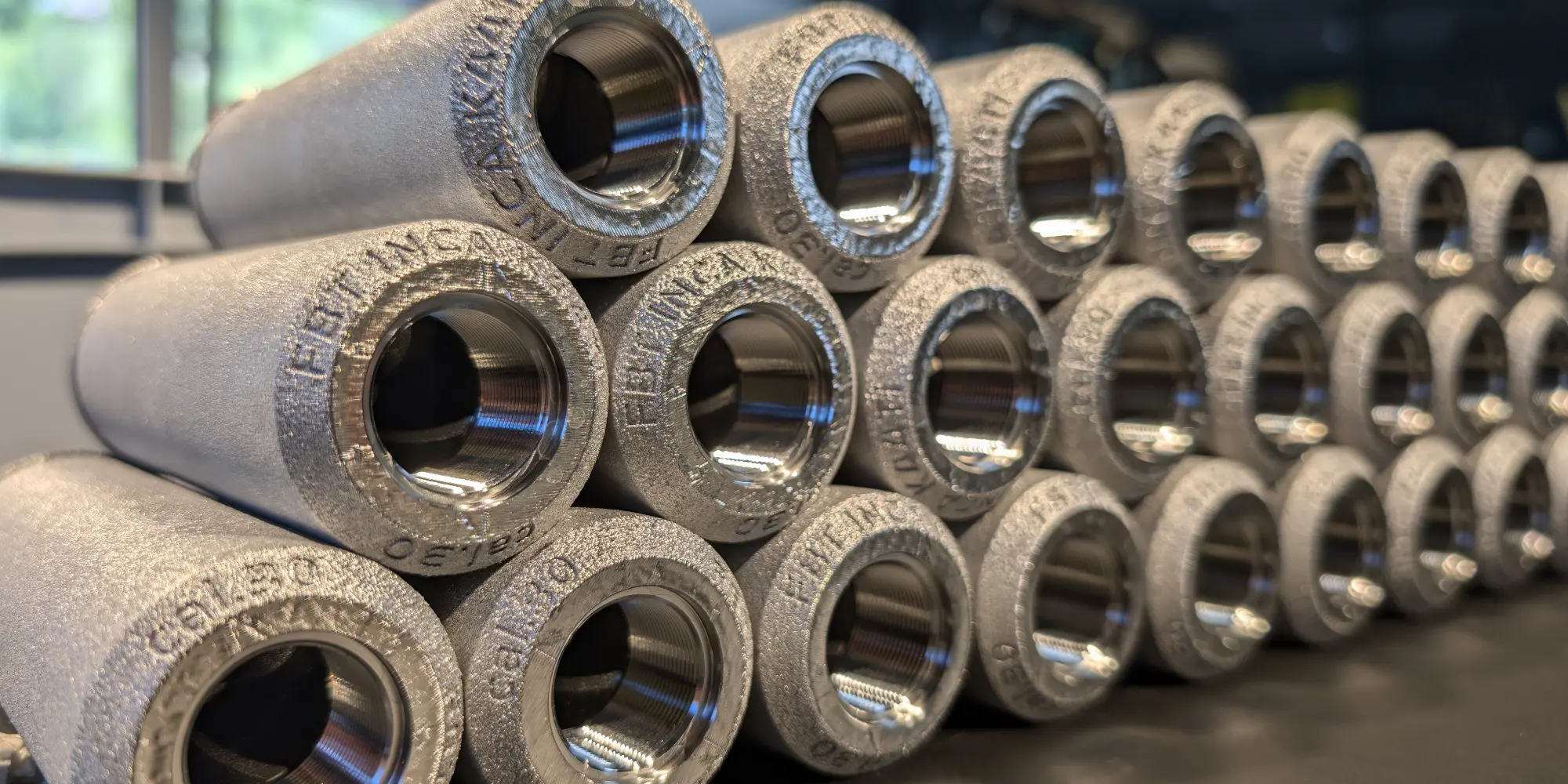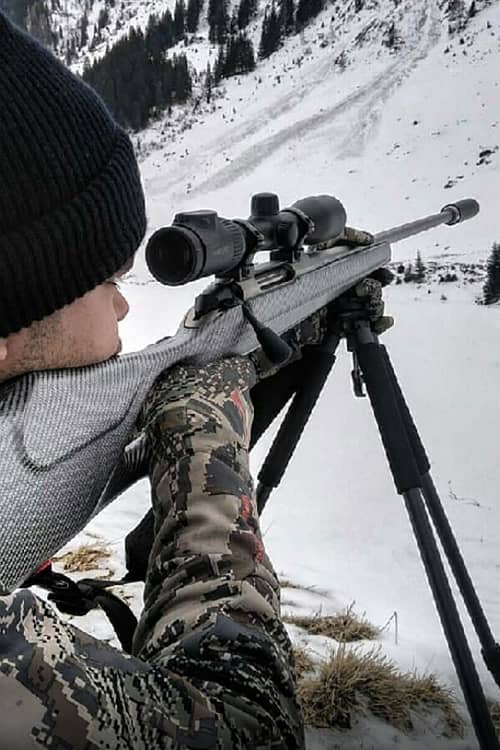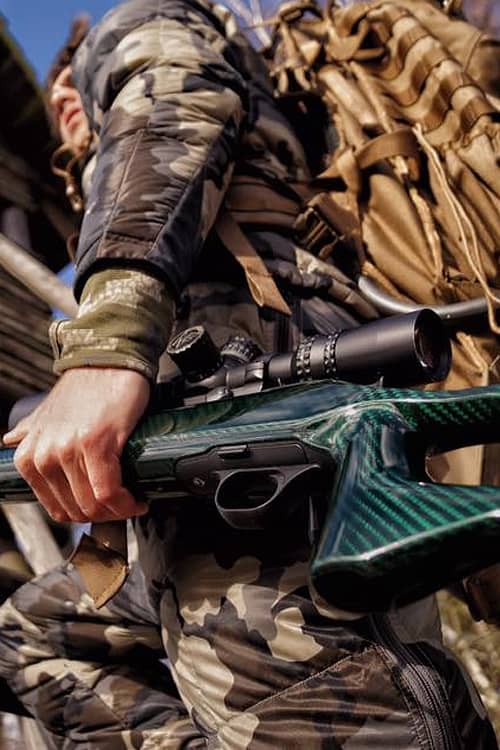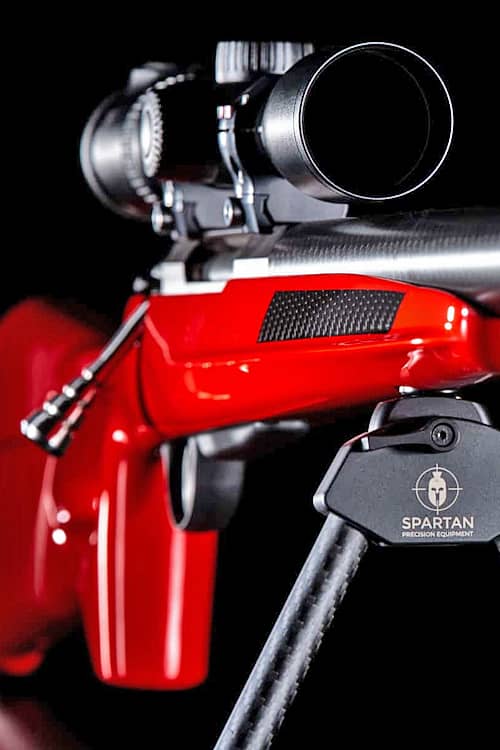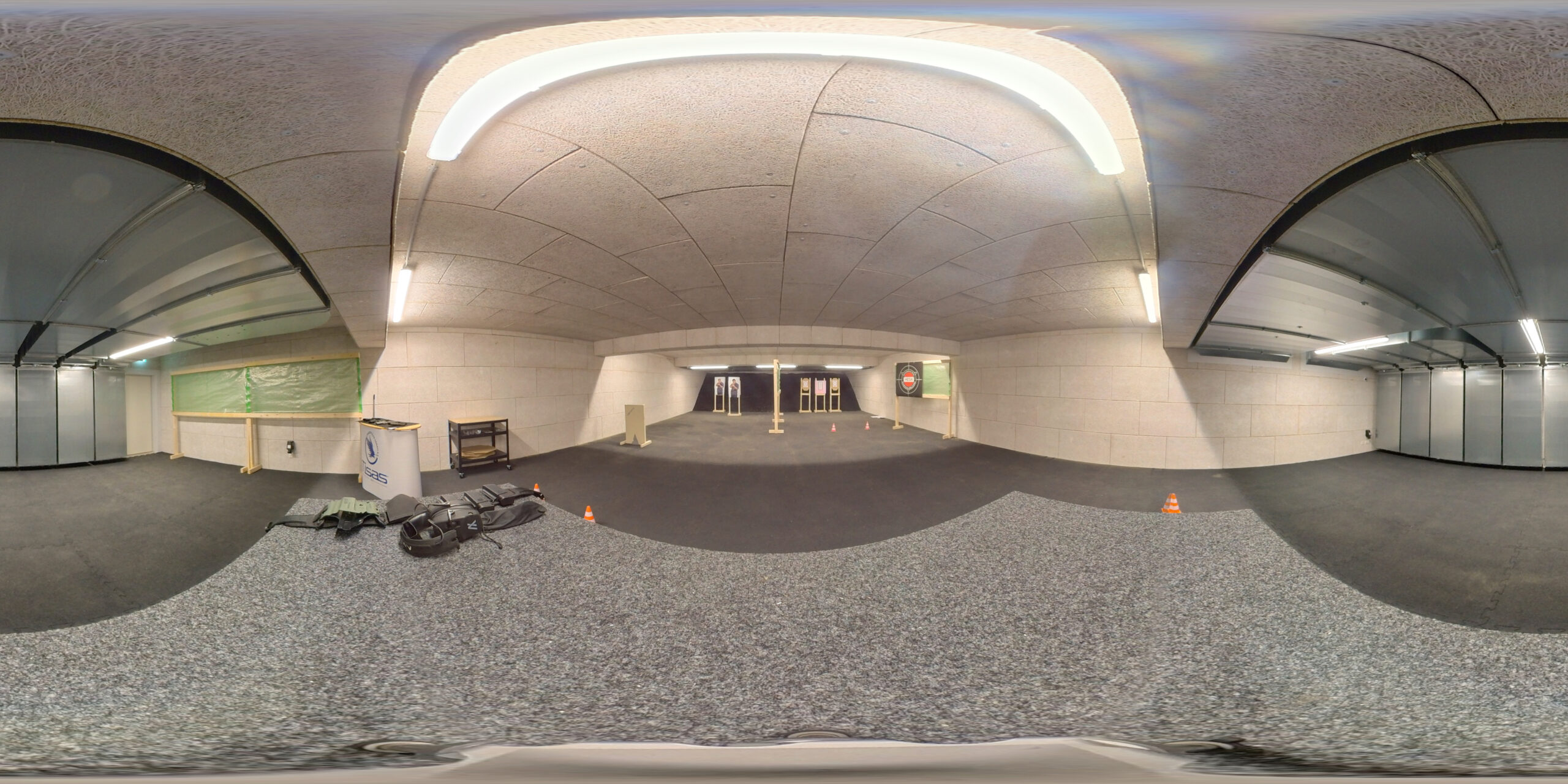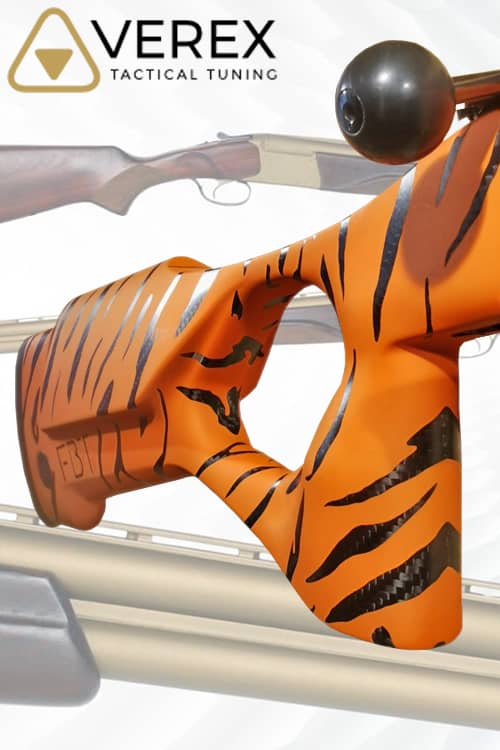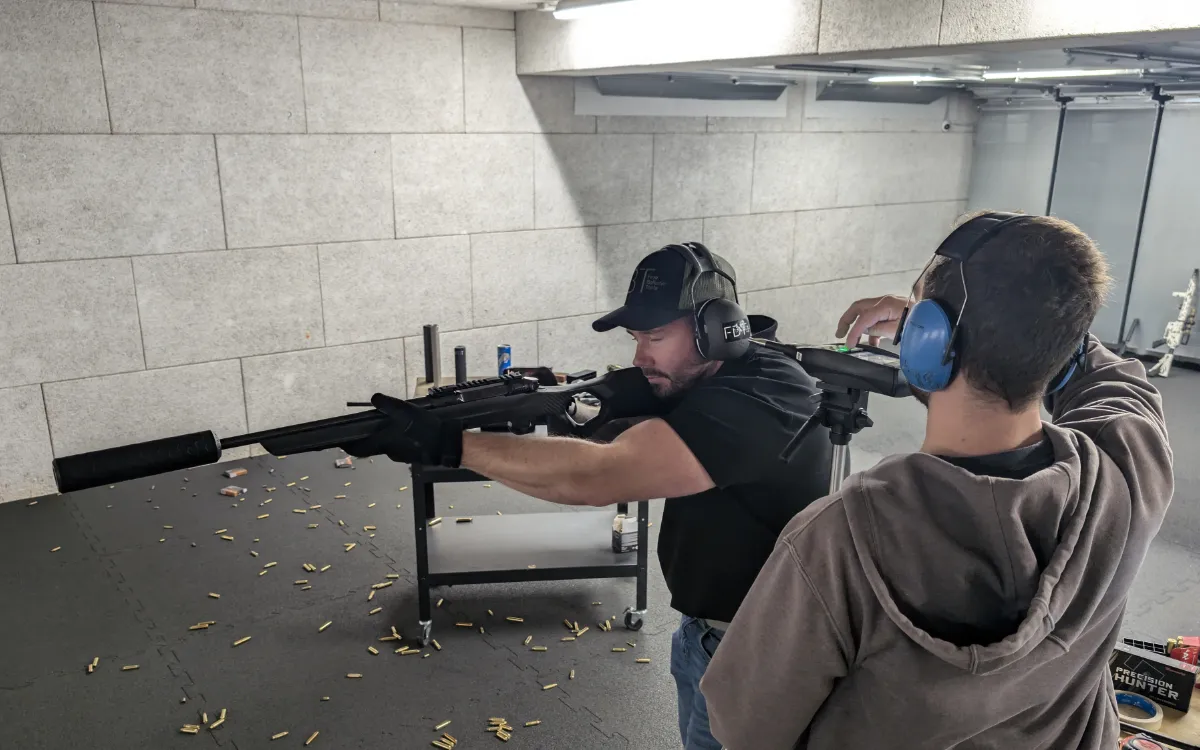Silencers for weapons as Hearing protection | Why additional hearing protection is still essential
Silencers, also as suppressors are an increasingly popular accessory for firearms. Their main function is to protect the Reduce the sound level of a shot and to minimise the pressure of the expanding gases produced when the shot is fired.
This not only helps to minimise Reduce noise pollutionbut also offers protection for the Hearing of the shooter. Nevertheless, a silencer alone is not enough to guarantee complete hearing protection. In this article, we shed light on how silencers protect hearing, where their limits lie and why additional hearing protection is essential.
How a silencer works and its effect on sound
A shot typically causes an extremely loud bang due to the explosive combustion of the propellant in the barrel. The The sound pressure level is usually between 140 and 175 decibels (dB), depending on the calibre and type of weapon. Already Values above 120 dB can damage human hearing, especially with repeated exposure.
Silencers work by slowing down the hot, expanding gases in a chamber after the shot has been fired and reducing their pressure. This reduces the The sound level of the shot is noticeably reduced - typically by 20 to 35 dB.
A rifle shot with a silencer could therefore fall within the range of 110 to 140 dB. This is significantly more pleasant and less damaging than an unsilenced shot, but is often still above the threshold that is considered safe for hearing.
Why a silencer does not fully protect your hearing
Despite the significant reduction in the sound level, a silencer alone is not sufficient to fully protect the hearing. There are several reasons for this:
- Residual sound remains dangerous:
Even with a silencer, the sound pressure of a shot remains in a range that can damage hearing. Values above 85 dB are considered harmful with prolonged exposure, and a typical muffled shot still clearly exceeds this limit, even if only for a very short duration. - Structure-borne sound:
Shooting not only generates airborne noise, but also Structure-borne sound that can be transmitted through the bones of the shooter to the inner ear. Silencers reduce airborne sound, but cannot influence structure-borne sound. - Permanent load:
Especially for Shooters who shoot regularly - be it hunting, sport shooting or training - the strain on the hearing adds up over time. Even moderate noise exposure can lead to hearing damage in the long term. - Other noise sources:
Other loud noises also occur when shooting, for example due to the mechanical movement of the weapon or the impact of the cartridge cases. These noises, although less intense than the bang of the shot, contribute to the overall stress. An example of this is the breech of self-loaders. Our tests have shown that the resulting sound level often exceeds 130dB.
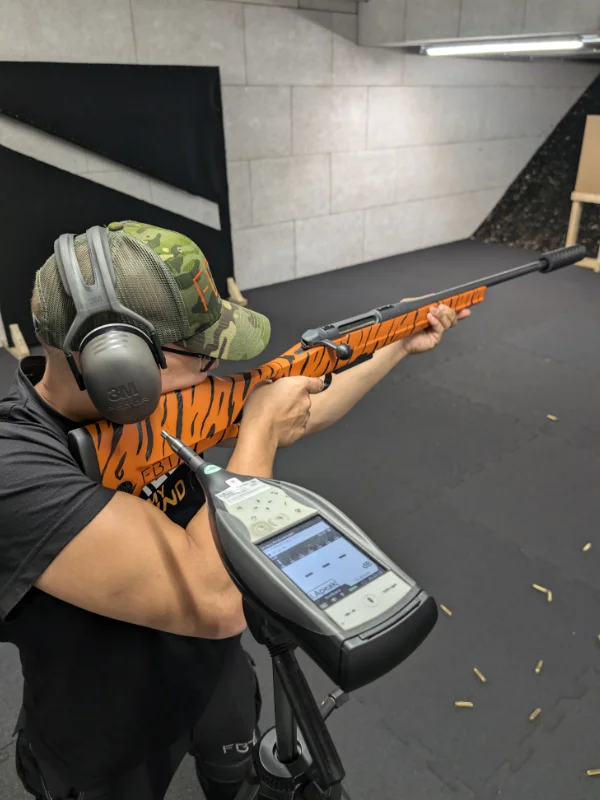
The importance of additional hearing protection
High-quality hearing protection - in the form of Earplugs or ear muffs - is an indispensable addition when handling firearms. Here are some reasons why the combined use of a silencer and hearing protection makes sense:
- Reduction to safe levels:
Whilst a silencer significantly reduces the sound level, a Hearing protection can further reduce the remaining noise, often by a further 20 to 30 dB. This brings the sound level into a range that is harmless to hearing. - Protection against sudden noises:
Hearing protection devices offer protection against unexpected sources of noise, such as an unsilenced shot from a nearby shooter. - Long-term health care:
Hearing loss is cumulative and irreversible. Due to the Combination of silencer and hearing protection the risk of hearing damage is reduced to a minimum, even with regular use of firearms. - Technological advantages:
Modern electronic hearing protection devices offer additional comfort by amplifying quiet noises, such as the rustling of leaves or conversations, while automatically muffling loud noises.
Practical tips for maximum hearing protection
- Choose the right silencer:
Look for a high-quality silencer that is optimised for your weapon and ammunition. Models with high attenuation performance provide a better basis for hearing protection. - Use customised hearing protection solutions:
Customised earplugs often offer the best protection and comfort. Alternatively, earmuffs with a high attenuation effect are a good choice. - Combination is crucial:
Always use both a silencer and hearing protection, especially during longer shooting sessions or when using large-calibre weapons. - Regular checks:
Regularly check the functionality of your hearing protection devices and your silencer. Damage or wear and tear can impair their effectiveness. - Avoid unnecessary noise:
Reduce the number of shots and use techniques that minimise the noise level, such as choosing suitable ammunition.
Conclusion
Silencers are an effective toolin order to reduce the sound level of shots and relieve the hearing. Nevertheless, their attenuation performance alone is not sufficient to fully protect hearing.
The use of additional hearing protection is therefore essential to avoid long-term hearing damage.
The combination of silencer and hearing protection not only offers maximum protection, but also increases comfort and safety when shooting - whether hunting, training or at the shooting range.



